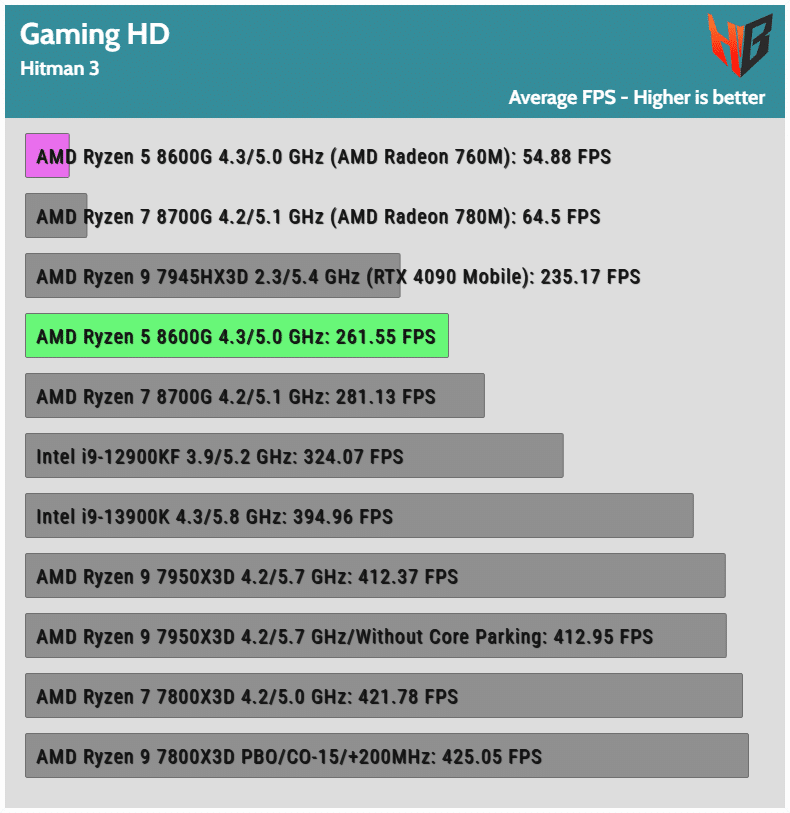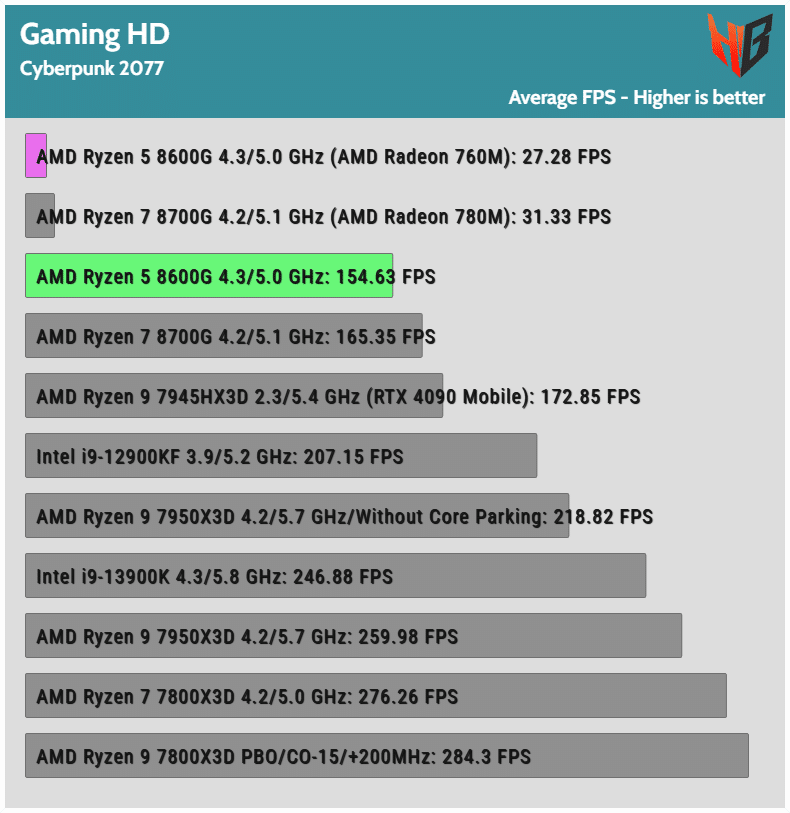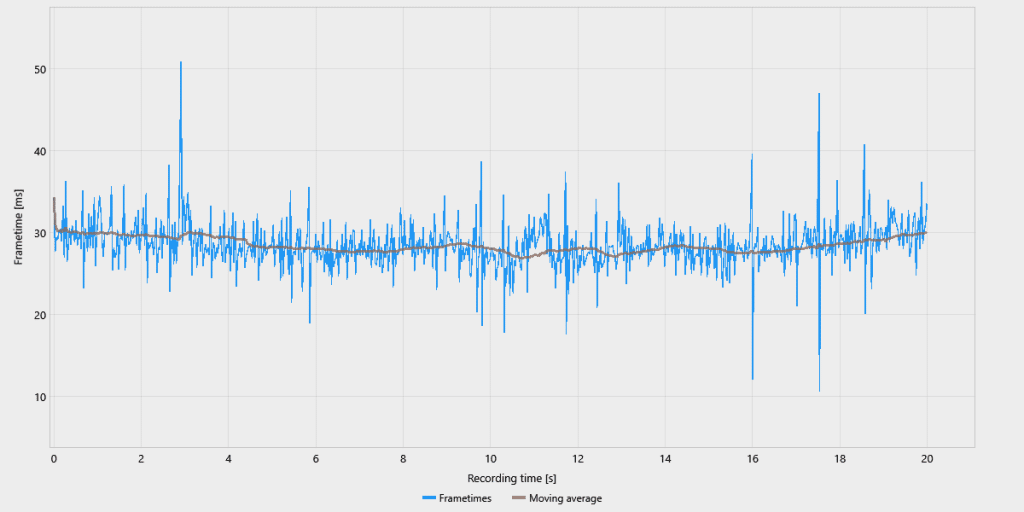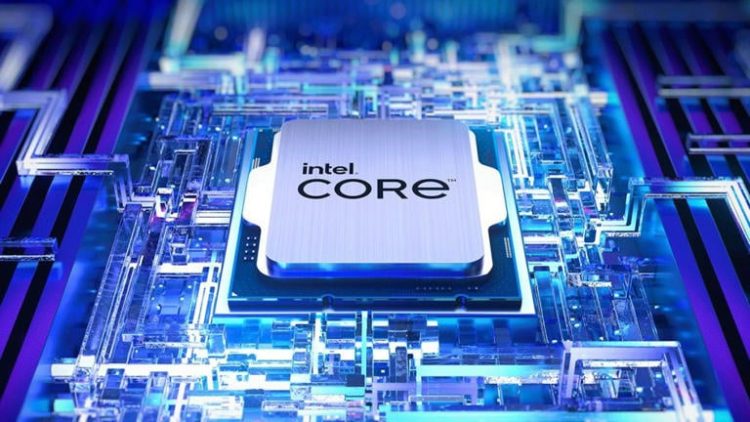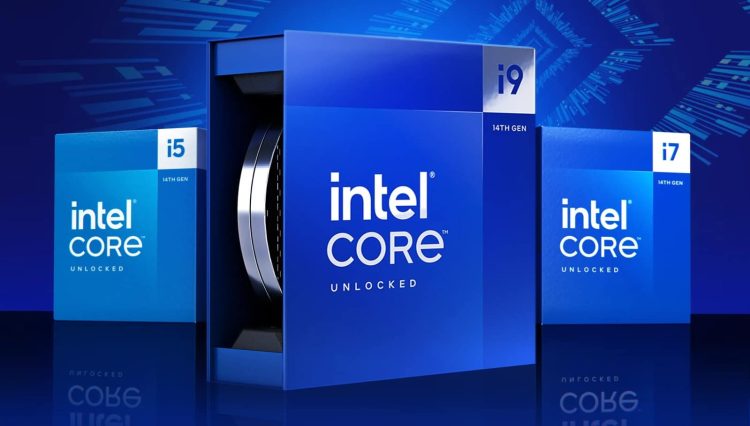Epilogue
With a 100$ lower price tag than the 8700G, the 8600G manages to top the performance per dollar charts. Moreover, its embedded GPU, the 760M, doesn’t seem to lose notably to the 780M of its bigger sibling, but as I noted already, 5-8 FPS can make a difference depending on the title. When your iGPU cannot even reach 60 FPS, and you are at 30-35 FPS, some FPS more can help you remain calm while gaming!
The largest difference I noticed between the iGPUs was in Hitman 3 where the difference was close to 10 FPS.
In Cyberpunk, the difference is low, at 4 FPS. I also tried Cyberpunk at the same settings (HD resolution, High Details) and with FSR at Ultra Performance and Balanced. The AVG FPS score received a notable boost, making the game way more playable.
With FSR set to “Ultra Performance,” I had 43.5 AVG FPS and 32.3 1% Low FPS, while with FSR set to “Balanced,” I had 35.2 AVG FPS and 27 1% Low FPS. Not bad, at all, for an iGPU given that CyberPunk is a demanding game.
The AMD Ryzen 5 8600G is an advanced APU with a strong enough embedded GPU featuring 8 CUs, combining the Zen 4 and RDNA3 architectures in one monolithic chip. Its major price cut compared to the 8700G is the main asset, but you should keep in mind that you will need to buy a cooler since it doesn’t come with one. You don’t need to buy a super expensive cooler like the one I used in my review, the DeepCool Assassin IV, but I have to remind you that a good cooler will allow this APU to achieve its best performance. Given the $100 price difference between the 8600G and the 8700G and assuming that you will spend $40 to get a decent cooler, the true price difference drops to $60, which is still a notable amount.
If you decide to install a (high-end) discrete GPU in the future or fast NVMe drives, the 8600G will probably slow you down a bit because not only it doesn’t support PCIe 5.0, but it has a limited number of PCIe 4.0 lanes, with the usable ones restricted to 16x, and half of them for the slot of the discrete GPU. Still, users who opt for this APU probably won’t be interested in investing in a high-end GPU or building a high-end system, so the PCIe 4.0 restriction won’t be so notable to them. On the other hand, including a neural processing unit (NPU) in the 8700G and 8600G APUs is a future-proof feature, given that AI’s development and usability move at lightning speeds.
And we get to the question: should I buy the 8700G or the 8600G, with the latter having a notably lower price tag at $229, vs. $329 of the high-end 8000G model? It depends on what system you want to build. If you desire a small system housed in an ITX system, the all-in-one solution that the 8000G CPUs offer is highly convenient. On the other hand, if you don’t have space restrictions, you could get a more affordable processor, e.g., the AMD Ryzen 5 7600X or an Intel i5-13400F, and match them with an affordable graphics card, like the Intel Arc A380, which has about the same capabilities with an NVIDIA GTX 1650. If you can spend a bit more, the Intel Arc A580 looks very good for a price below 200 dollars, allowing you to play most HD titles without issues.
To wrap up today’s review, an APU consumes less power than a CPU paired with a discrete GPU and requires a lower Wattage, thus less expensive, power supply. Nonetheless, I strongly advise you to never cheap out on the power supply and always try to get the best you can regarding reliability, performance, and efficiency. Speaking of PSUs, if you want to look at the best available PSU offerings, read my Best ATX v3.x PSUs article before investing in a new power supply.
- $100 lower price tag than the 8700G
- Capable iGPU
- Unlocked multiplier
- Low power consumption
- It doesn’t require a strong cooling solution for optimal performance
- DDR5 & ECC support
- Neural Processing Unit (NPU) is a nice feature for the future (only in 8700G and 8600G)
- No CPU cooler included
- Limited to 20x PCIe 4.0 lanes (from which only 16x are usable)
- Increased platform (AM5) cost
- Only the strongest of the line (8700G) comes with the 780M GPU

